Home>Ideas and Tips>Creating A Home Library: Design Tips And Organization Ideas
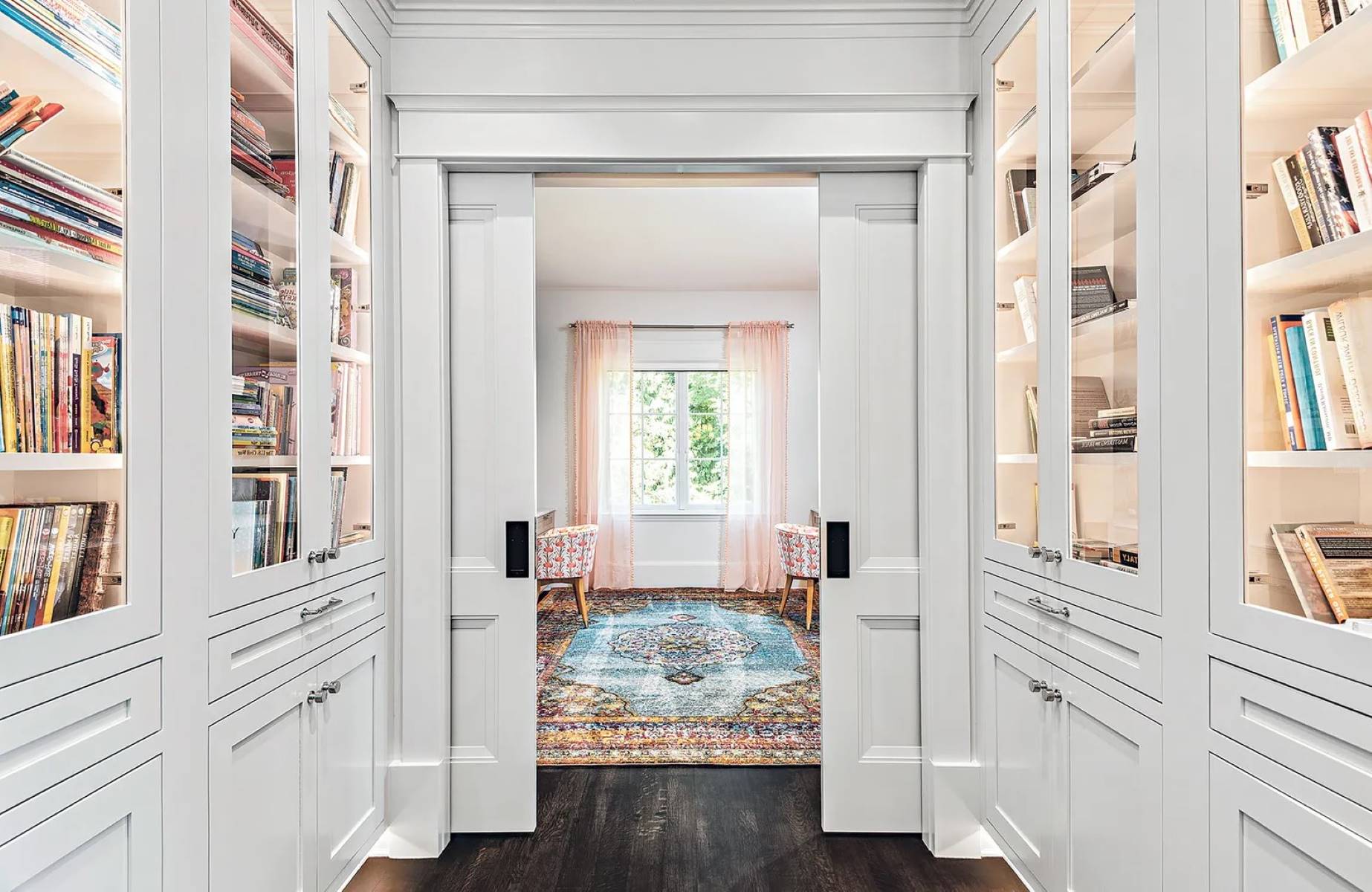

Ideas and Tips
Creating A Home Library: Design Tips And Organization Ideas
Modified: October 18, 2024
Discover design tips and organization ideas to create a functional and beautiful home library. Transform your space into a book-filled sanctuary.
(Many of the links in this article redirect to a specific reviewed product. Your purchase of these products through affiliate links helps to generate commission for Storables.com, at no extra cost. Learn more)
In today's digital age, many of us still cherish the joy of reading and the beauty of a well-organized home library. Whether you have a small collection or a vast array of books, creating a home library that is both functional and aesthetically pleasing can be a rewarding experience. In this article, we will delve into the essential elements of designing and organizing your home library, providing you with practical tips and inspiring ideas to make your book-filled sanctuary a true haven.
The Essentials of a Home Library
When designing your home library, there are three key elements to consider: storage, seating, and lighting. Each of these components plays a crucial role in creating an inviting and functional space that you will enjoy for years to come.
Storage
Storage is the backbone of any home library. Without adequate storage solutions, your books and other items can quickly become disorganized and cluttered. Here are some storage solutions that can help you keep your collection tidy:
-
Built-in Bookcases: These are the perfect place to store and display your books and collectibles. Look for bookcases with adjustable shelving and cabinets for extra storage. Custom-built bookcases can also be designed to fit specific spaces in your home, such as corners or alcoves.
-
Floor to Ceiling Shelves: These shelves offer ample space for organizing books by size and color. They can be particularly useful in smaller rooms where vertical space is limited. Adding a ladder provides easy access to the top of the bookcases, making it easier to retrieve books without having to climb a step stool.
-
Modern White Shelving: Modern white shelving units are sleek and versatile, allowing you to layer your bookshelves with decorative items, collectibles, and art pieces. This style is perfect for those who want a clean and minimalist look that can easily blend into any home decor.
-
Classic Wood Shelves: For a more traditional look, classic wood shelves are an excellent choice. Dark wood bookcases can create an elegant space for reading and conversation, fitting well into traditionally styled homes.
Seating
Seating is another critical component of a home library. Whether you prefer a cozy reading nook or a spacious room with multiple seating options, there are many choices available:
-
Chaise Lounge: A chaise lounge is ideal for creating a comfortable reading area. It provides ample space to recline while reading and can be placed near a window for natural light.
-
Cozy Window Seat: A window seat is another excellent option for creating a cozy reading area. It can be built into the window frame and often includes storage compartments underneath the cushions.
-
Multiple Seating Options: If you have a larger room, consider multiple seating options such as armchairs, ottomans, and sofas. This will allow different family members or guests to find their own comfortable spot.
Lighting
Lighting is essential for creating an inviting atmosphere in your home library. Different types of lighting can be used to achieve various effects:
-
Natural Light: Natural light is always the best option as it provides a soft and relaxing ambiance. However, it can be affected by the time of year and weather conditions.
-
Ambient Lighting: Ambient lighting washes a room with a glow, creating a warm and inviting atmosphere. This type of lighting can come from wall-mounted fixtures like sconces or fireplaces.
-
Accent Lighting: Accent lighting is used to highlight specific elements in the room such as books, art pieces, or architectural features. It adds visual interest and can be used within the millwork of your bookshelves for a sophisticated look.
-
Task Lighting: Task lighting is crucial for reading purposes. Floor lamps placed next to club chairs or swing arm lamps set on end tables are excellent choices for task lighting. These lamps provide focused light without causing glare.
Read more: Tips For Creating A Cozy Home Library
Organizing Your Book Collection
Organizing your book collection is a personal task that depends on your preferences and needs. Here are some popular methods for organizing books:
By Color
Organizing books by color can create a visually appealing display. This method involves stripping the covers off hardback books and arranging them by color. Some people take this further by creating intentional rainbows on their shelves from top to bottom.
By Topic
Organizing books by topic is practical for those who have a large collection of non-fiction books. This method involves categorizing books by subject matter or category and then arranging them by height to make them look good on the shelf. For example, a travel section can serve as a happy reminder of where you’ve been and where you want to go.
By Author
Organizing fiction books by author is a familiar system, similar to how books are arranged in sections of a library or bookstore. Favorite authors can have their own shelves, and sometimes full bookcases dedicated to them.
By Favorites
Displaying favorite books front and center can add a personal touch to your home library. This method encourages guests to notice and engage in conversations about the books.
Outside-the-Box Ideas
There are many creative ways to organize your books beyond traditional methods. For instance, Barnes & Noble’s in-store banned book display makes a statement, providing a conversation piece. The Lesbian Herstory Archives in Brooklyn, New York, organizes its books alphabetically by the author’s first name, reflecting its founding during the feminist movement of the 1970s.
Practical Tips for Organizing Your Home Library
Organizing your home library requires thoughtfulness about your environment and what’s in it. Here are some practical tips:
-
Declutter Regularly: Just like your closet, if you don’t take out what doesn’t fit anymore, it’s hard to find what you really want. Apply Marie Kondo’s KonMari method by asking yourself, “Is this a happy memory?” If not, consider letting it go.
-
Categorize and Label: Help clients categorize and place their books on shelves so they can find them later. Sometimes creating labels for the shelves can make it easier for them to locate specific categories of books.
-
Create a Database: For writers and researchers who need to reference many books often, creating a database of the books that contain several categories they may be looking for can be very helpful. This database should include the location where the books are stored.
-
Leave Room to Grow: Approach the design of a library with the idea that it’s a living, growing part of your family. Give it room for all the stacks you might pick up over the years while ensuring it looks great in the meantime.
-
Avoid Cramming: In library land, try not to cram books because that makes it hard to get them in and out. Leave enough space between books so they can be easily retrieved without causing clutter.
-
Ask Yourself Questions: Before deciding how to organize your books, examine why you need them. Ask yourself questions like:
- How do I use this book?
- Does this have an aesthetic value that I’d like highlighted in my home?
- How do my books relate to other beloved objects in my home?
- What are creative ways to mix it up so it’s visually appealing as well as being useful?
DIY Home Library Design & Organization Ideas
Creating your own home library can be a fun DIY project if you have the right ideas and materials. Here are some DIY design and organization tips:
-
Select Your Home Library Style: Once you’ve picked the right spot for your books, think about your home library design style. Consider what designs, textures, and materials you like as well as which paint colors best set the mood for reading.
-
Classic Library Design: A traditional home library design typically embraces a rich, elegant Victorian style using wood as the primary material along with leather or velvet furniture and large area rugs.
-
Fairytale Library Design: For a whimsical feel, take inspiration from classic stories to create your own fairytale library. This design idea uses bright colors accentuated by wood and wicker materials along with houseplants and soothing water features.
-
Minimalist Library Design: A minimalist home library is perfect if you’re low on space or prefer a clean look that focuses on reading without distractions.
-
Modern Library Design: Clean lines, industrial furniture, and efficient use of space are all components of a modern library design. Keep palettes to neutrals and earth tones while designing your modern reading room.
Aesthetic Ways to Organize Bookshelves
To make your book collection uniquely yours, add personal touches like decorative bookends, small potted plants, or framed art pieces. Here’s how you can add dimension and interest to deep and tall cubbies:
-
Add Height and Dimension: Use wooden inserts or floating shelves in white to add height and some interest to your book display. These risers can help stack books or place them side by side depending on the size of your shelves and books.
-
Organize Books in a Way That Makes Sense: Ultimately, the arrangement of your books depends on personal preferences such as which books you want most accessible or which organizational method works best for you.
-
Display Collections: Use floating shelves or wood risers to display books that you want to highlight. This adds visual interest while keeping your collection organized.
Conclusion
Creating a home library is not just about storing books; it’s about creating an inviting space that reflects your personality and enhances your reading experience. By focusing on storage solutions like built-in bookcases and floor-to-ceiling shelves, incorporating comfortable seating options such as chaise lounges or window seats, and using various lighting techniques including natural light, ambient lighting, accent lighting, and task lighting; you can turn any room into a beautiful home library.
Remember that organizing books is personal; whether you choose to organize by color, topic, author, or favorites—there’s no one-size-fits-all approach. By applying practical tips such as decluttering regularly and creating labels for shelves; you can ensure that your home library remains both functional and aesthetically pleasing over time.
In conclusion, designing and organizing your home library is an exciting project that allows you to showcase your love for reading while creating a unique space within your home. With these tips and ideas from experts in home design and organization, you’ll be well on your way to creating a fully functional yet visually stunning home library that you’ll cherish for years to come.
Was this page helpful?
At Storables.com, we guarantee accurate and reliable information. Our content, validated by Expert Board Contributors, is crafted following stringent Editorial Policies. We're committed to providing you with well-researched, expert-backed insights for all your informational needs.
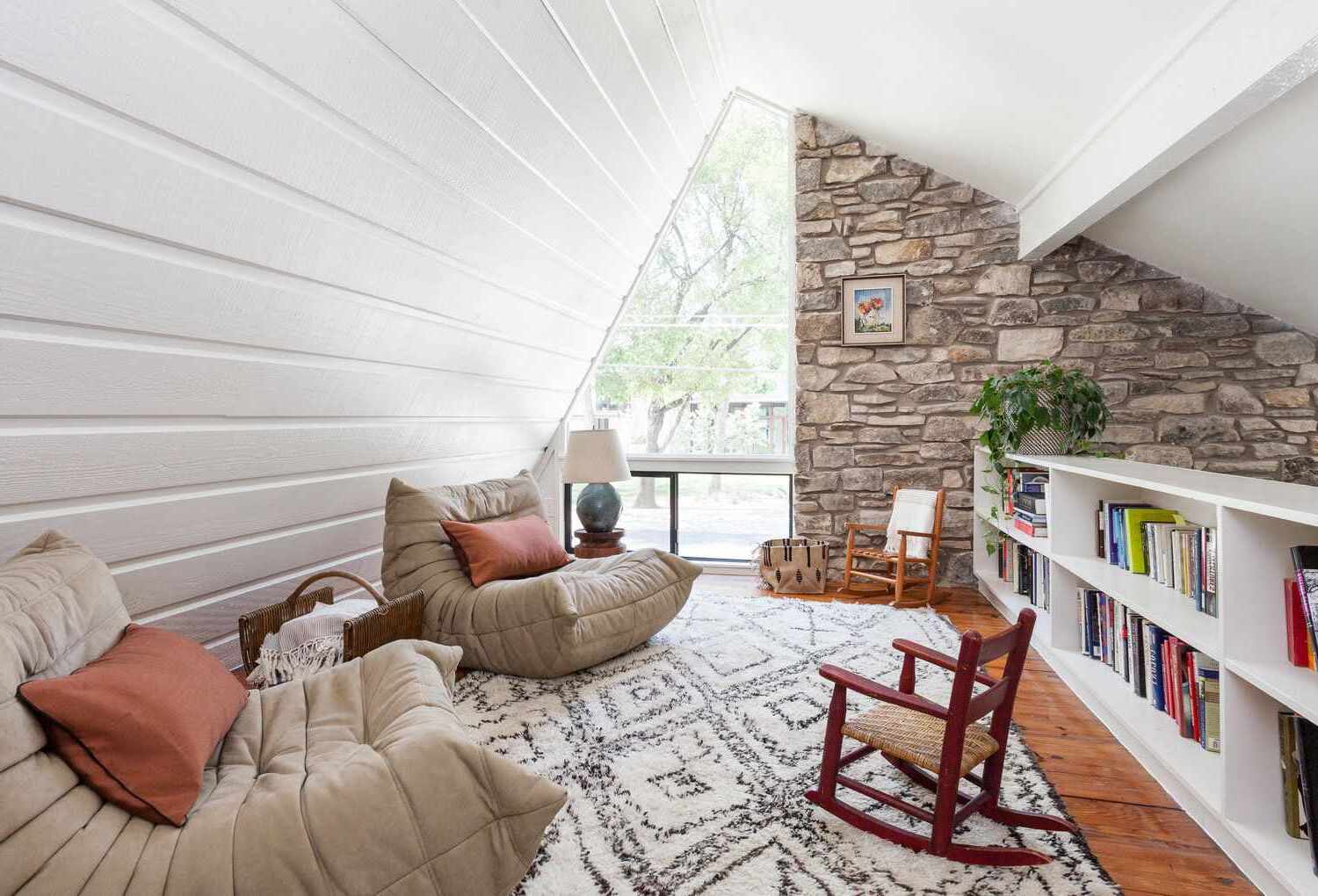
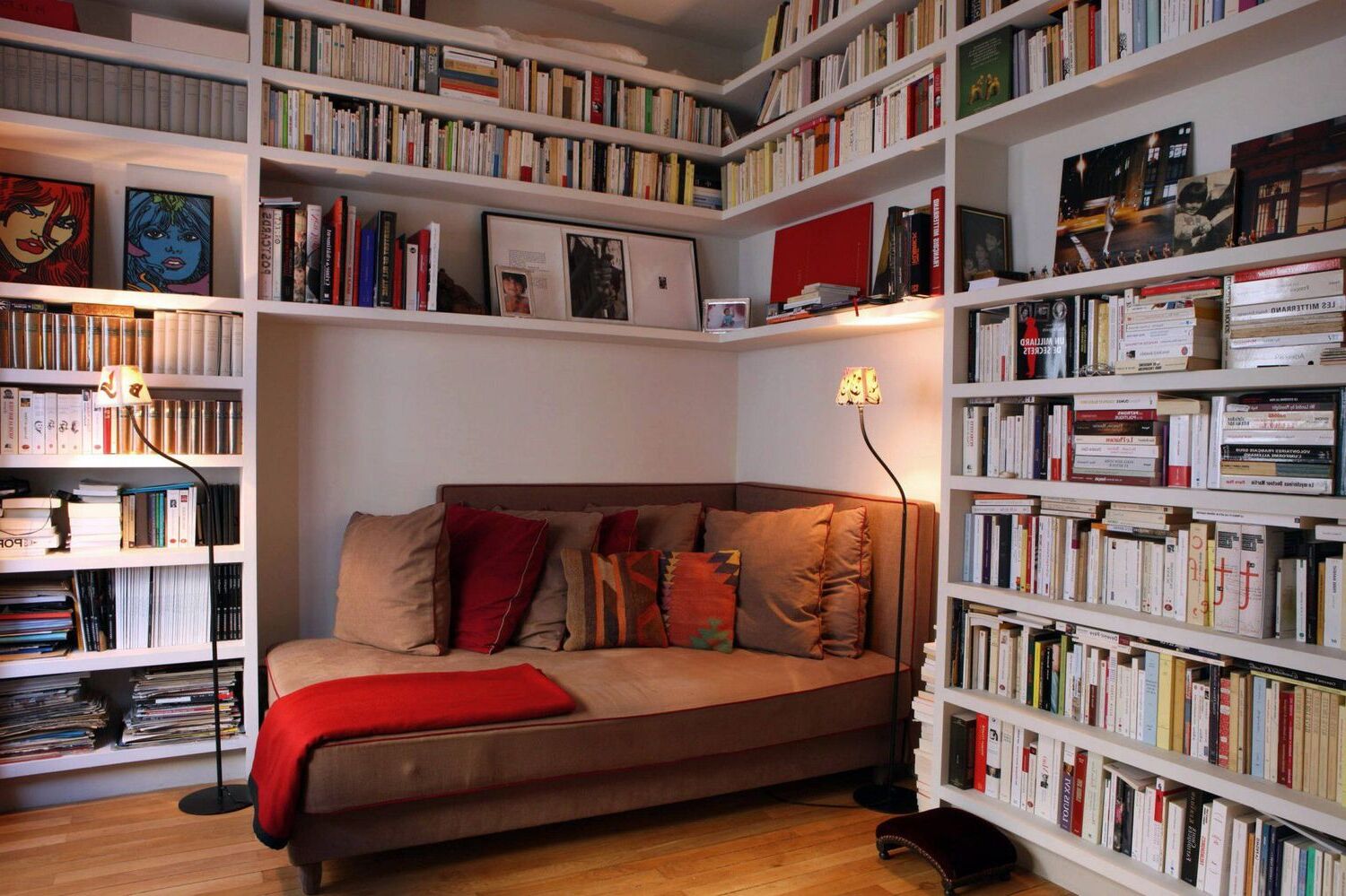
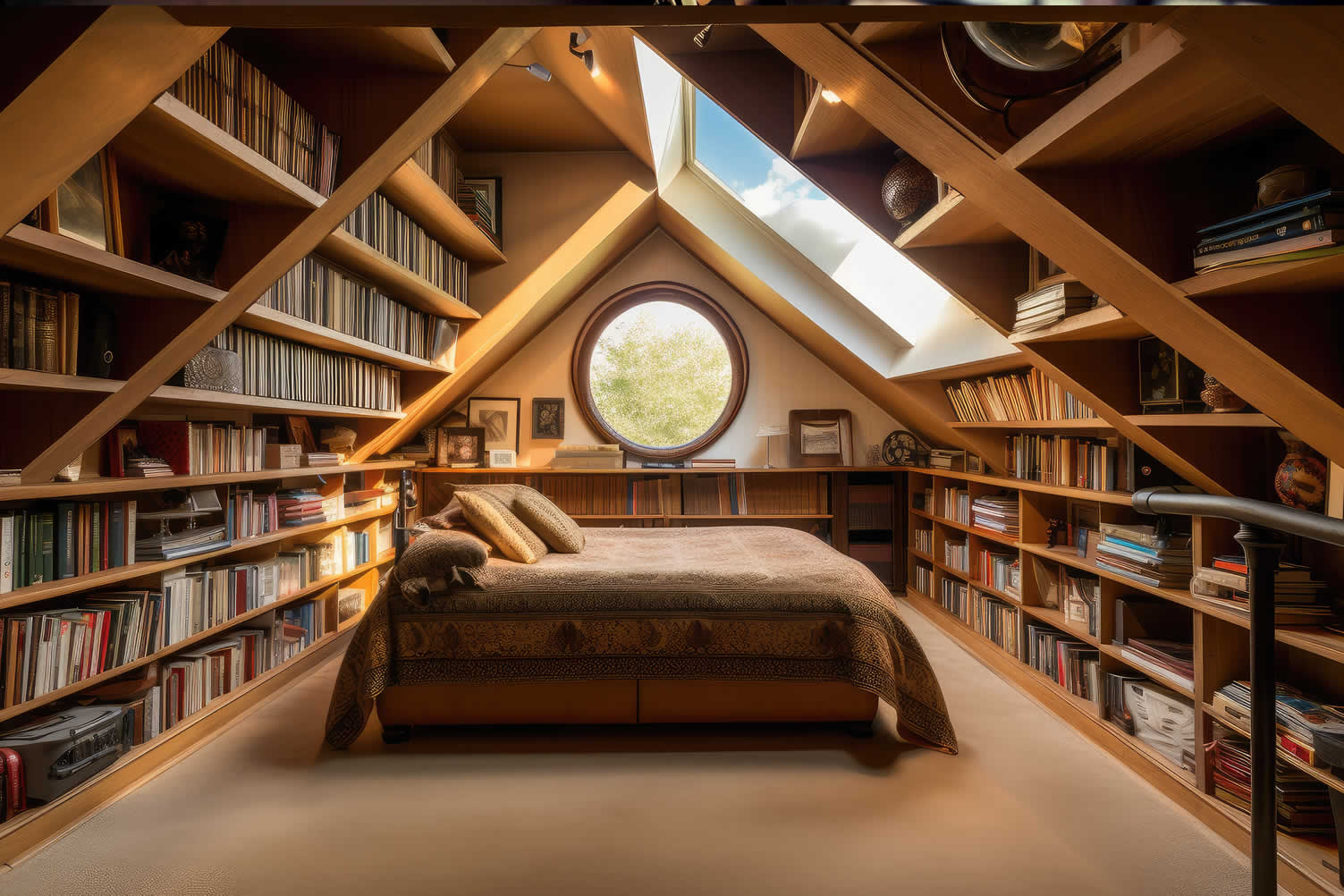
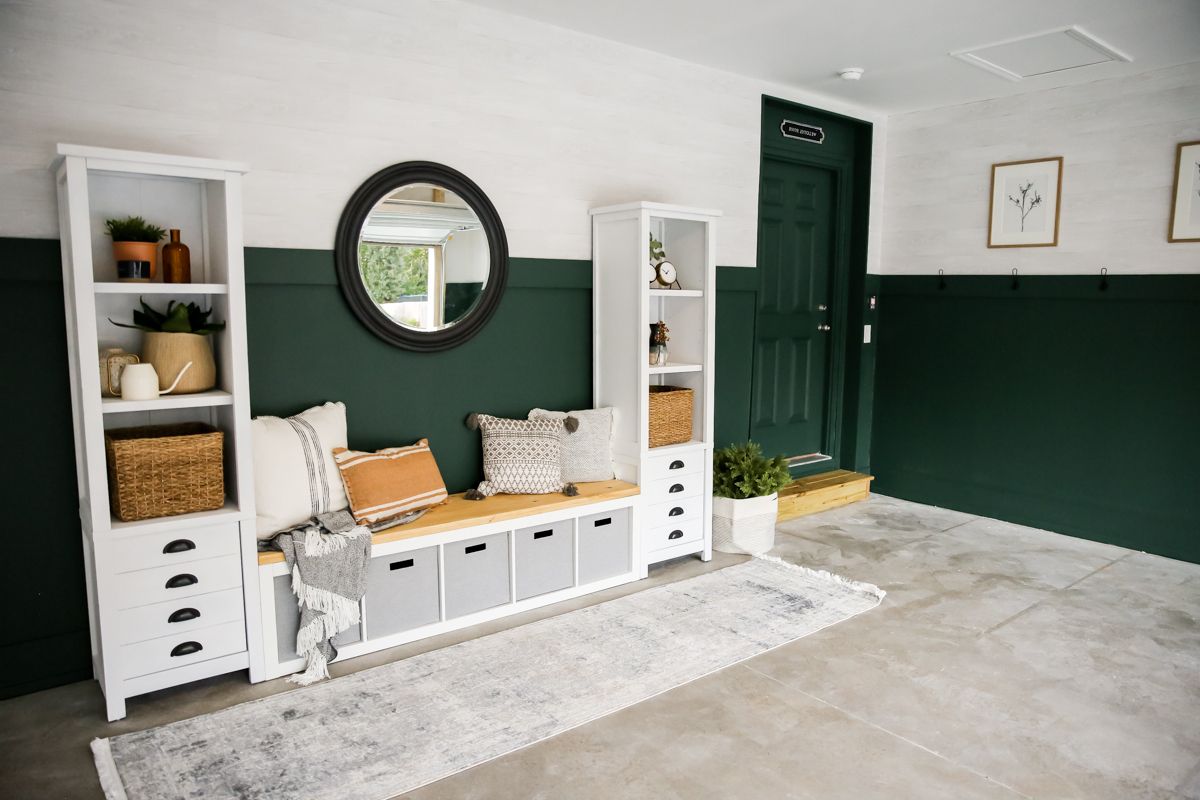
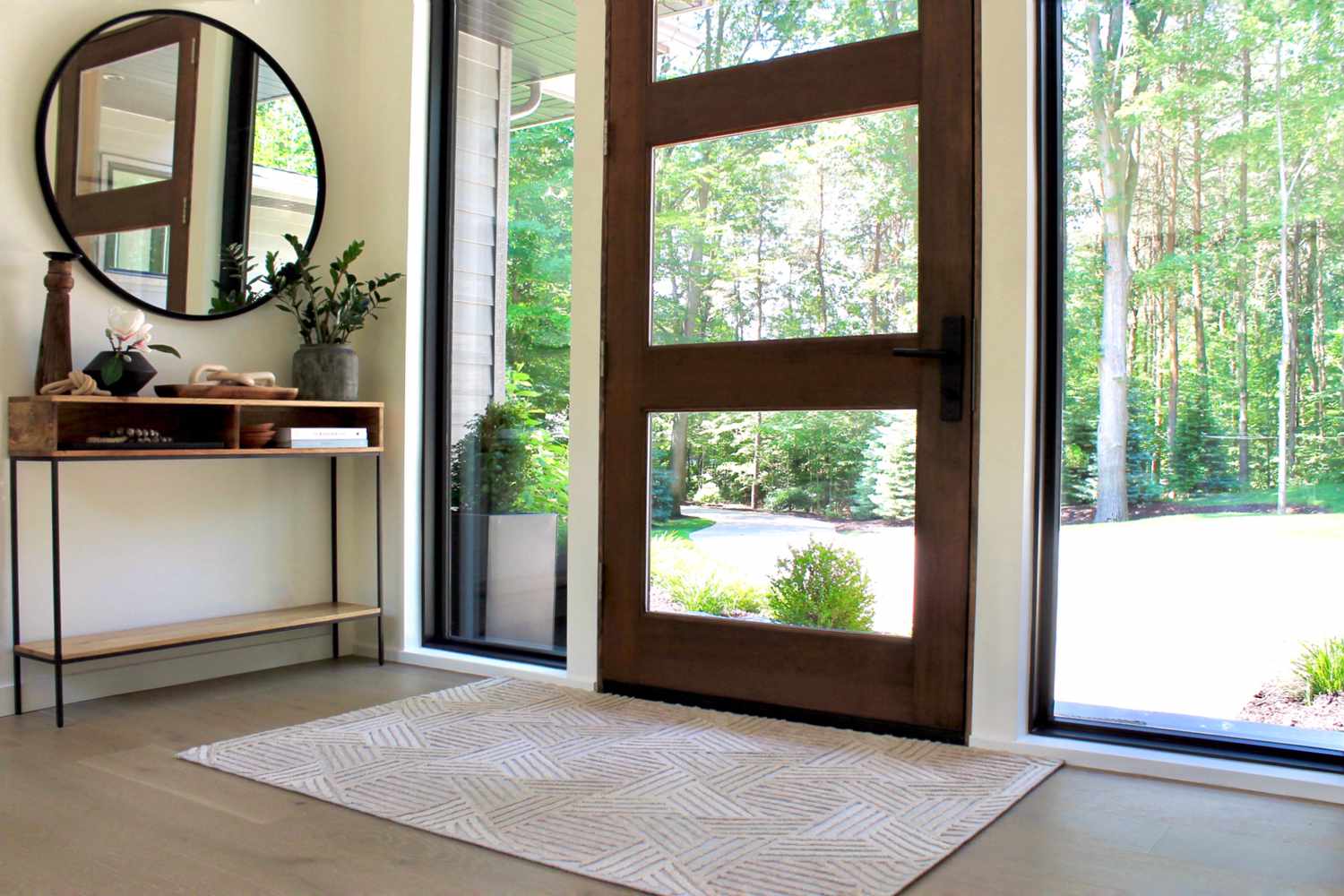
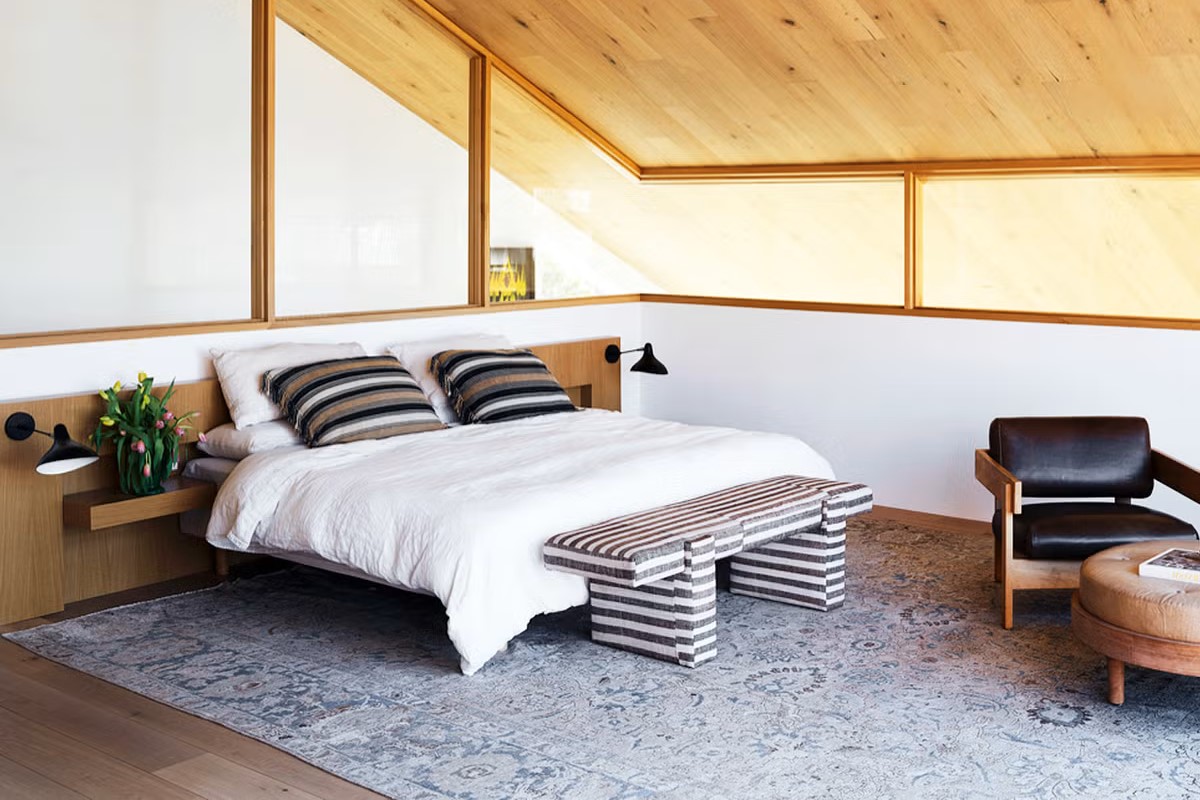
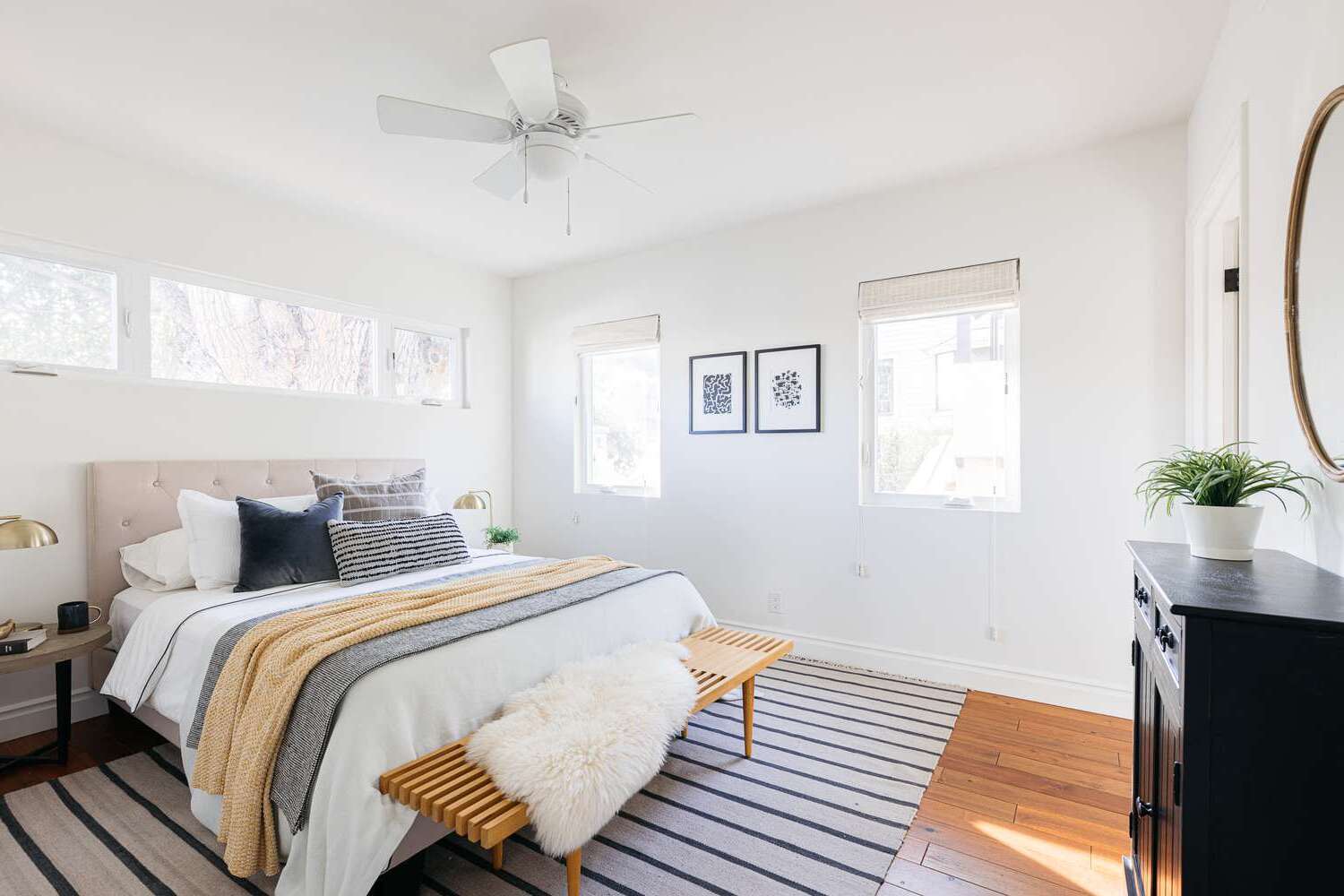
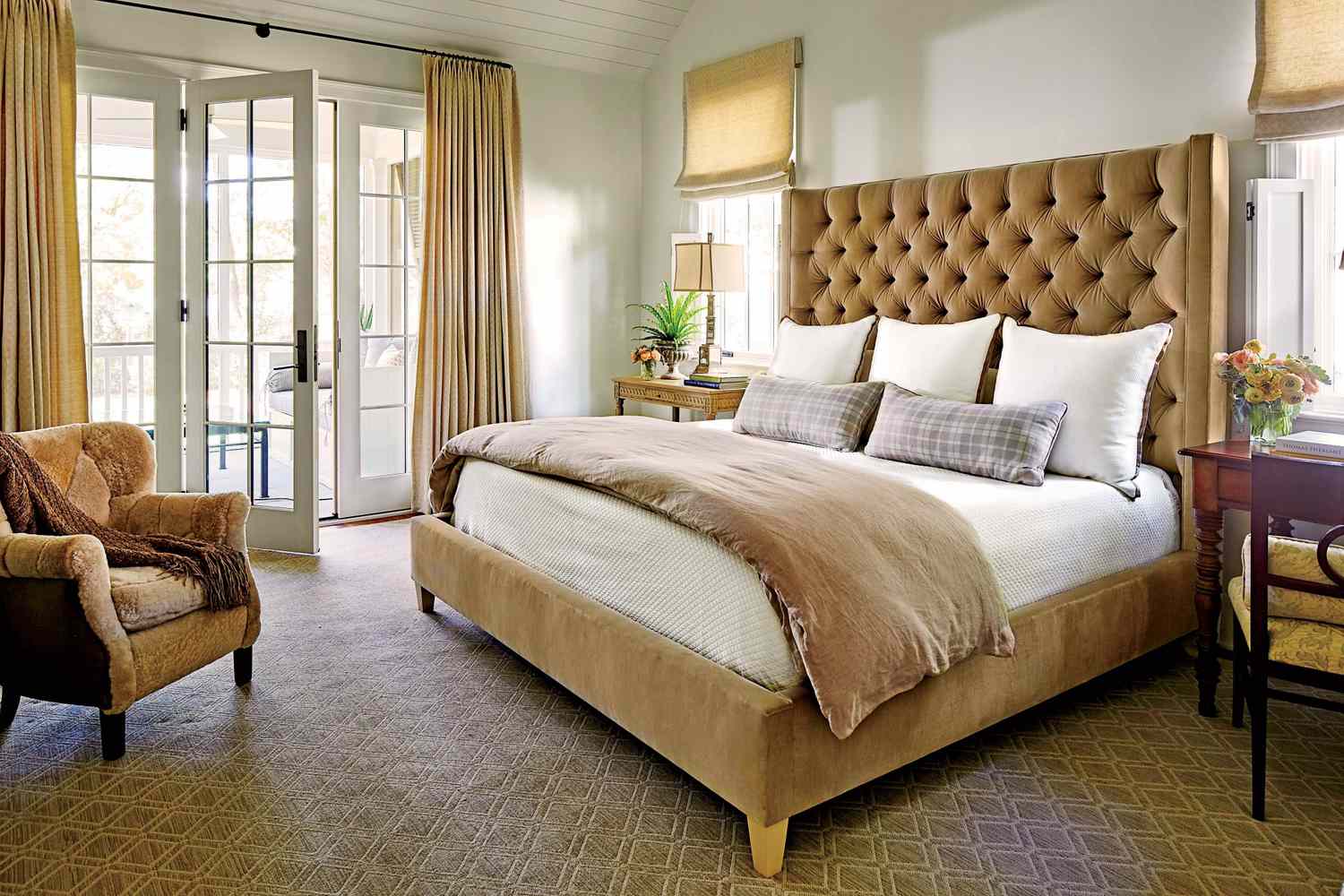
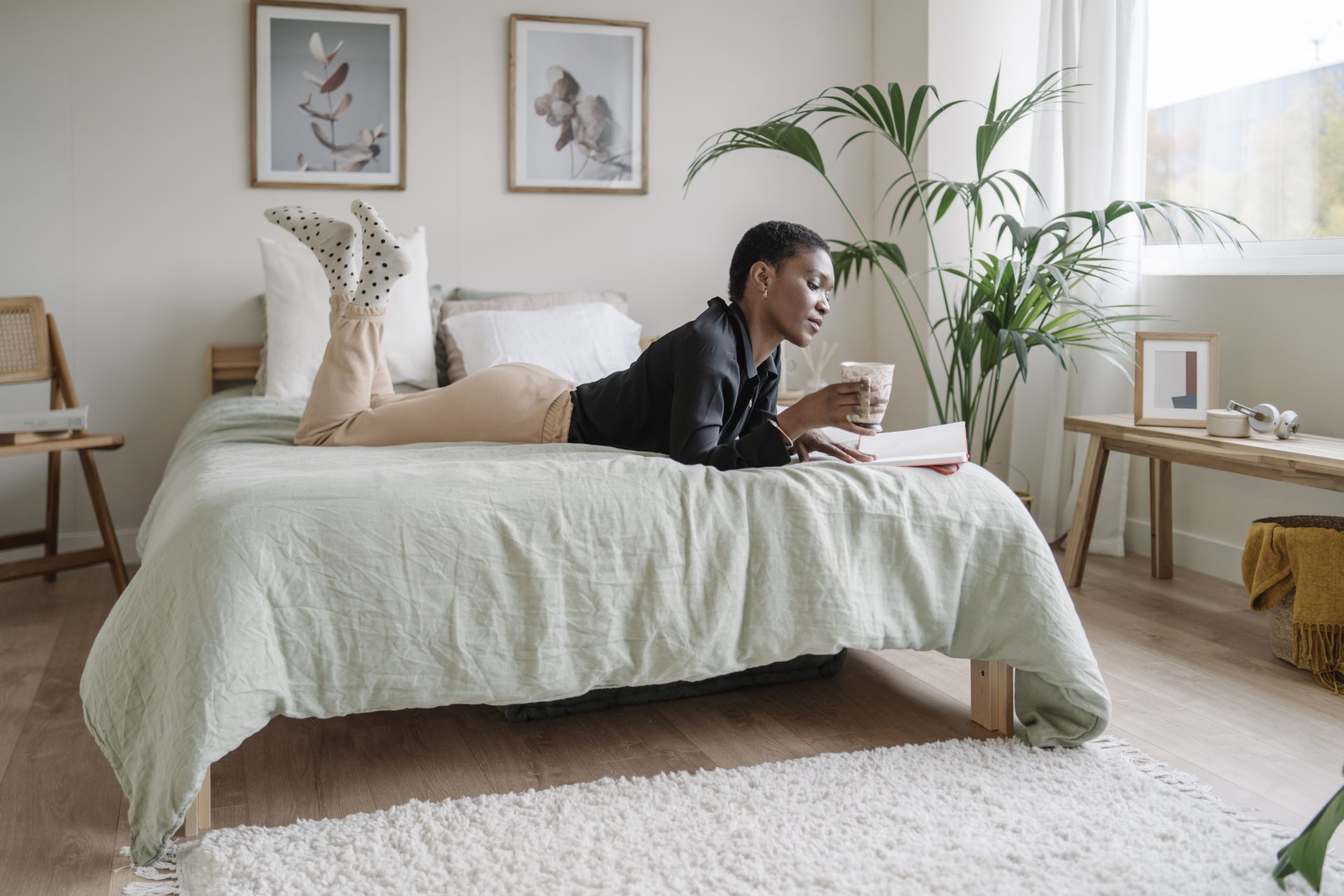
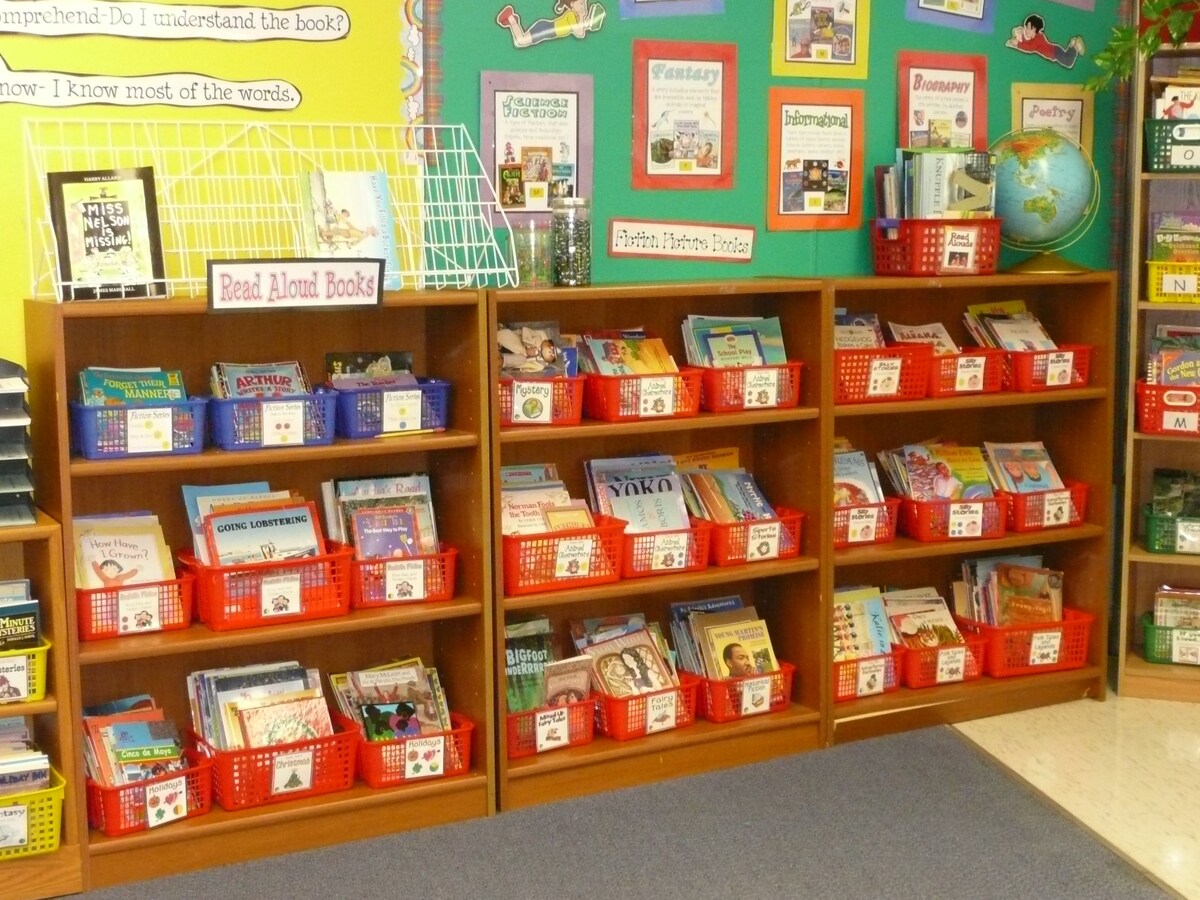
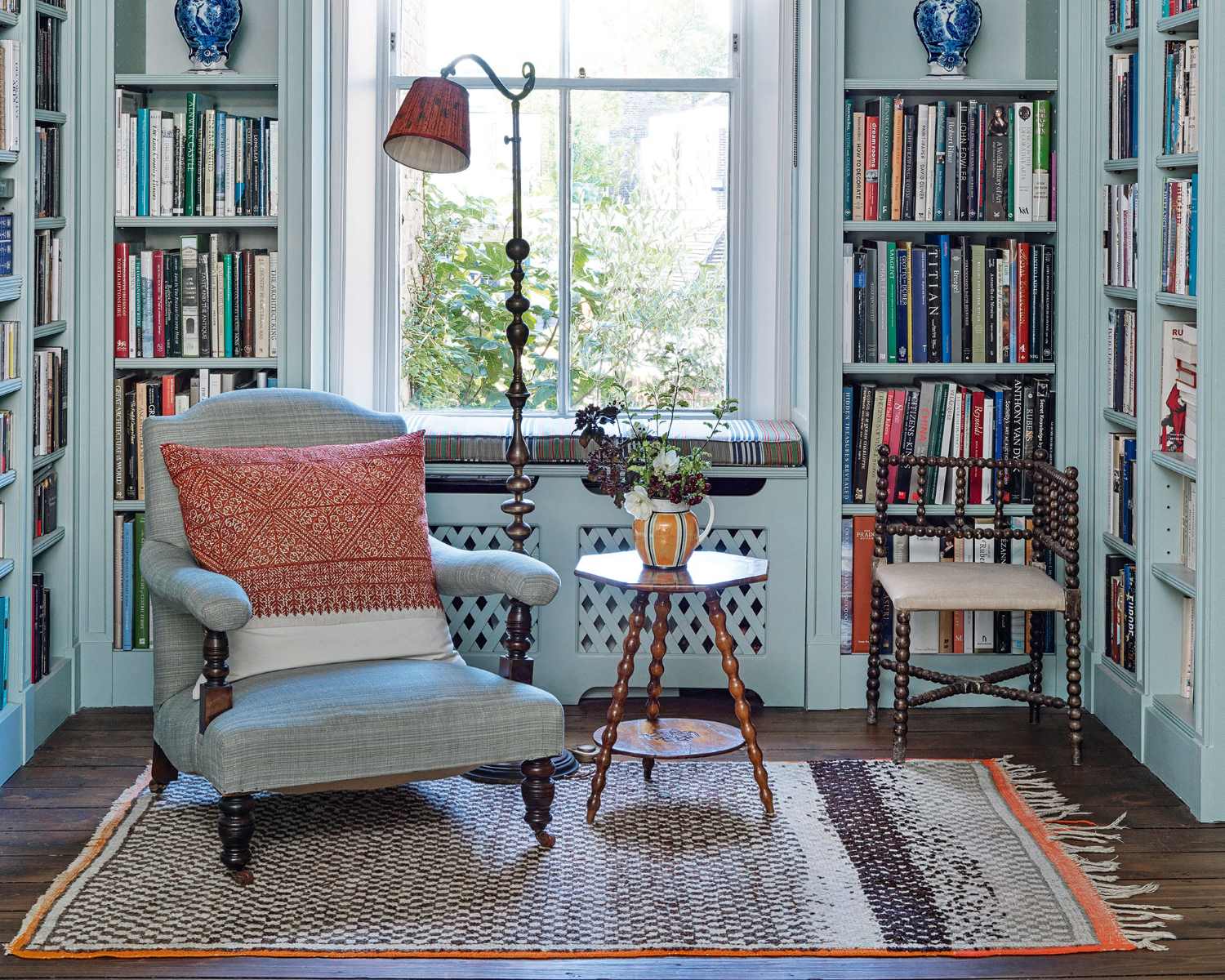
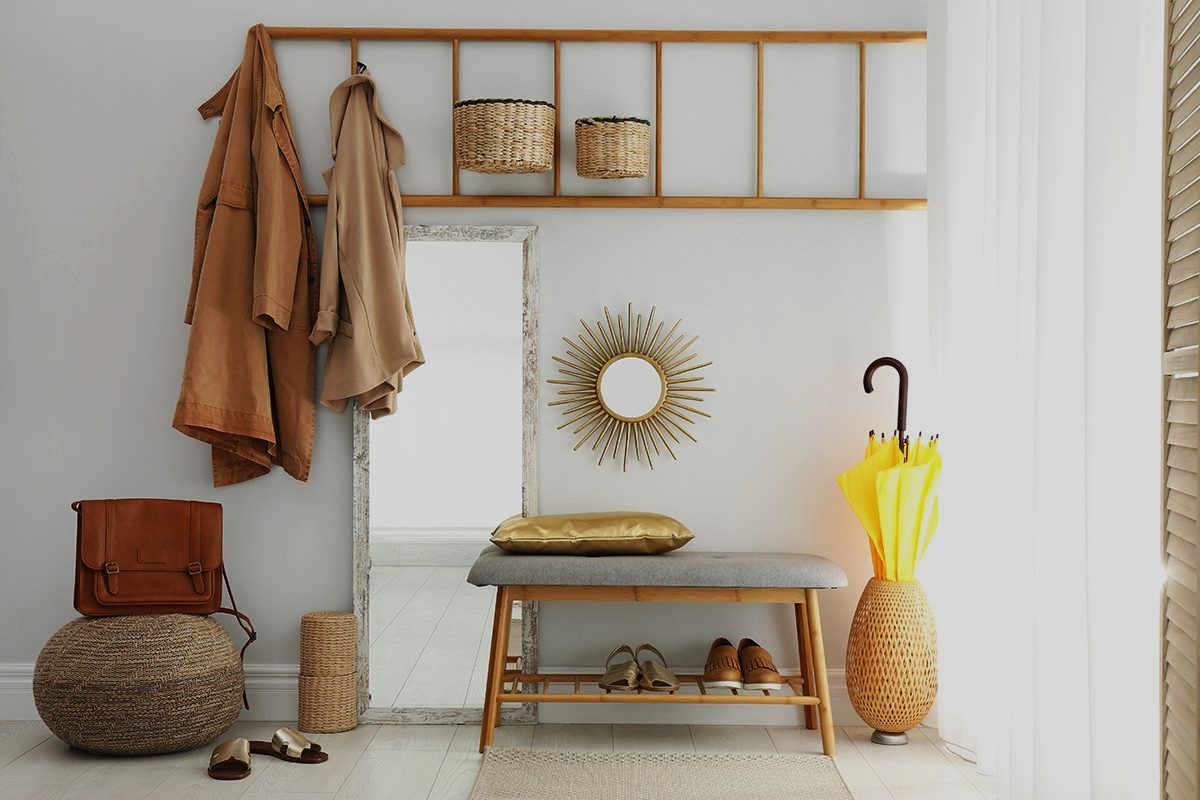
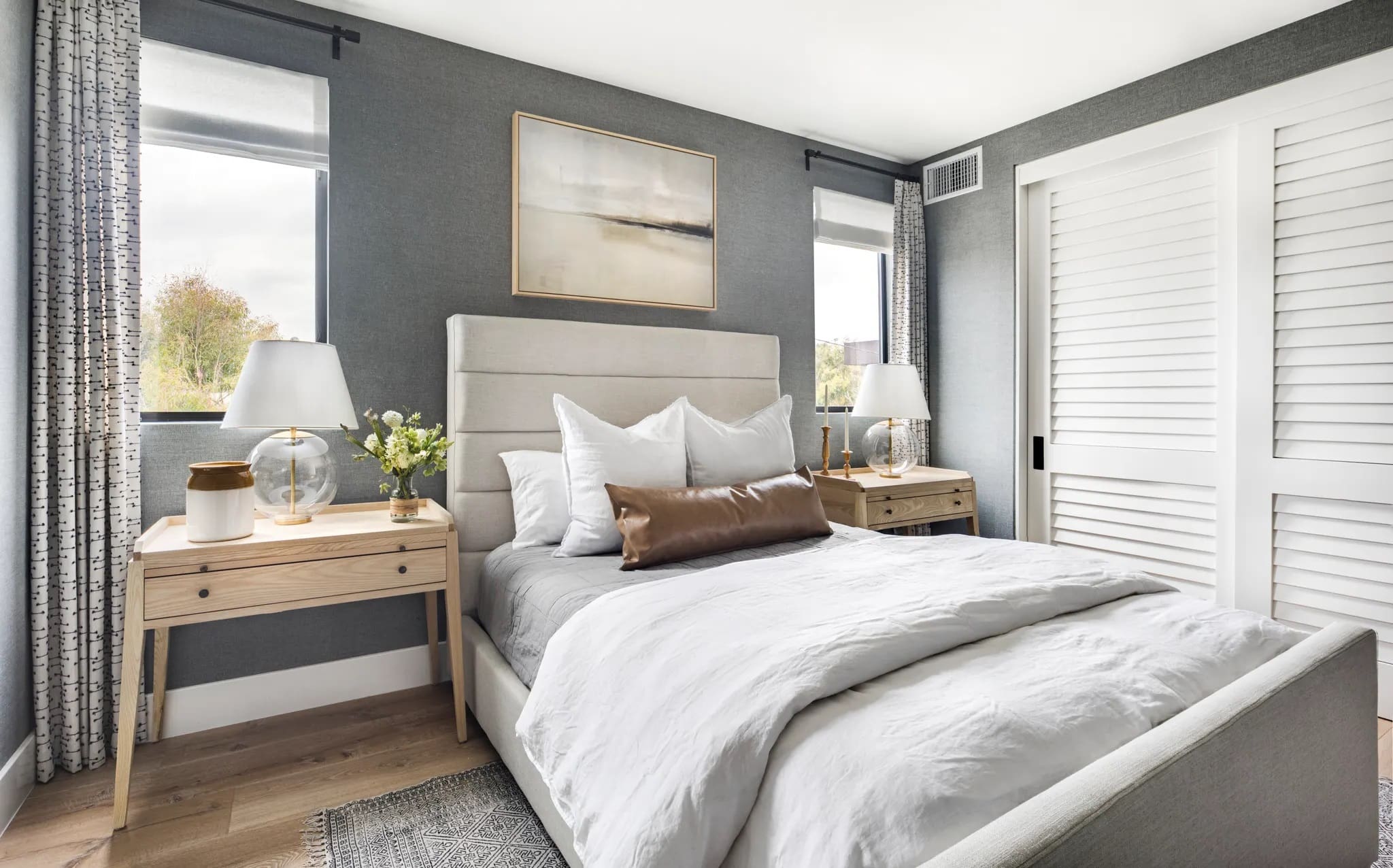
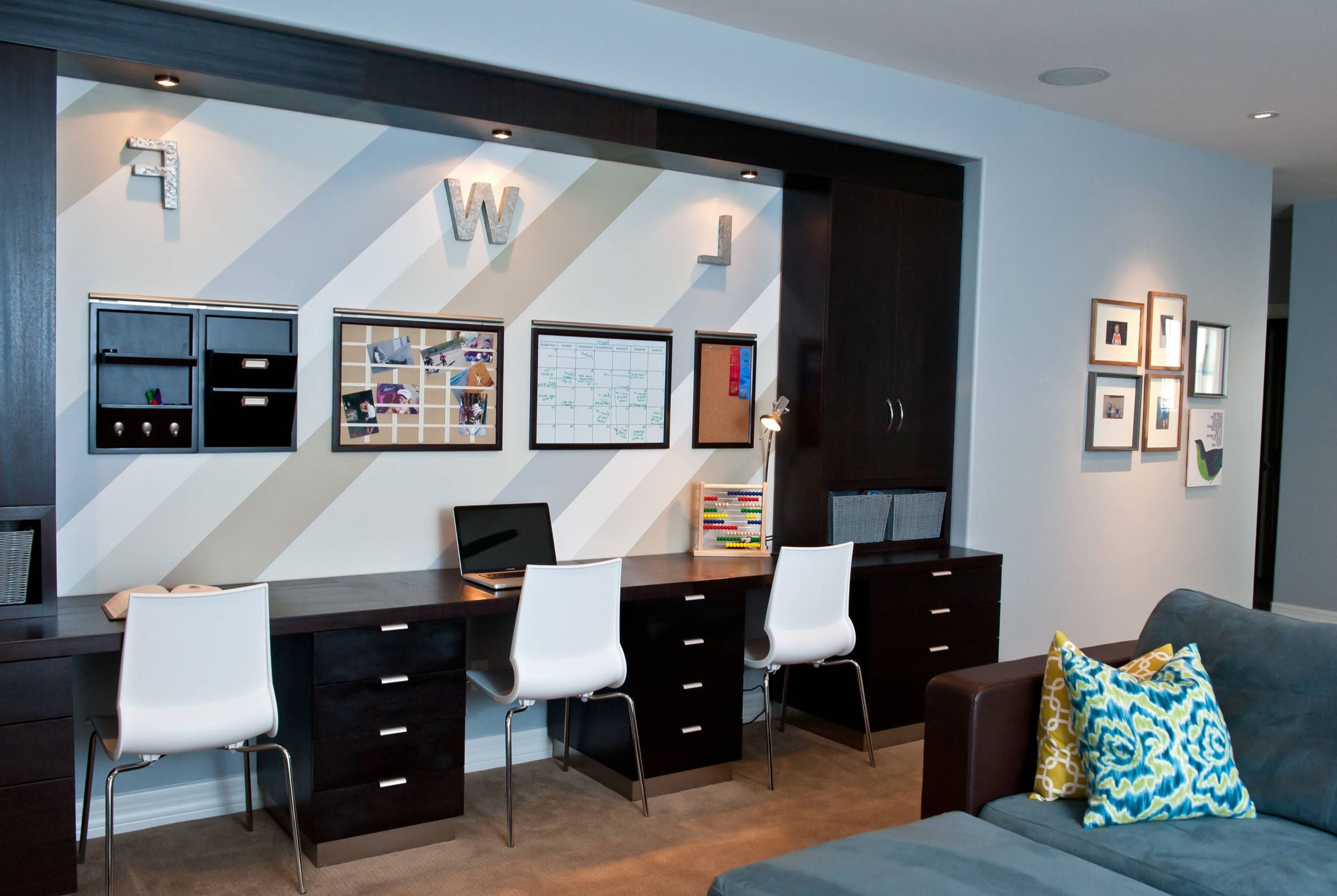

0 thoughts on “Creating A Home Library: Design Tips And Organization Ideas”